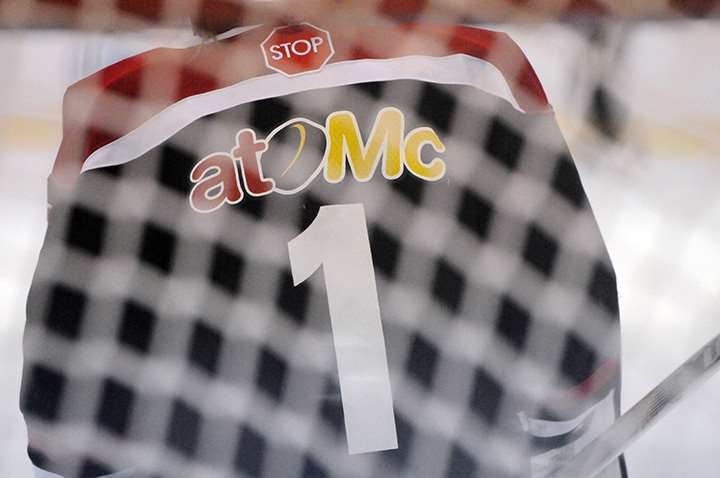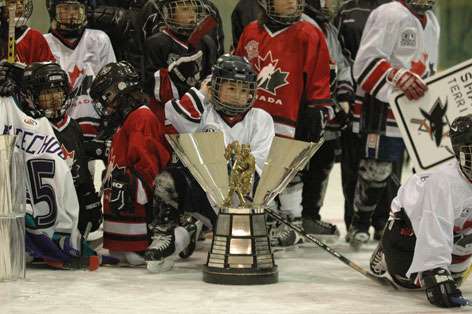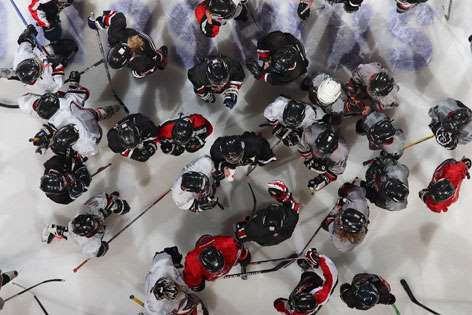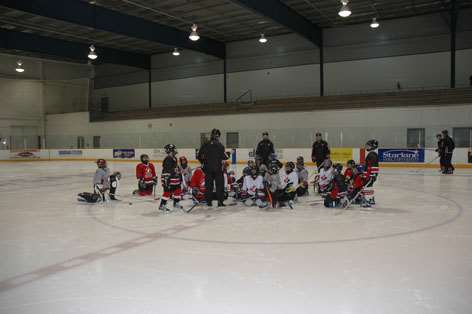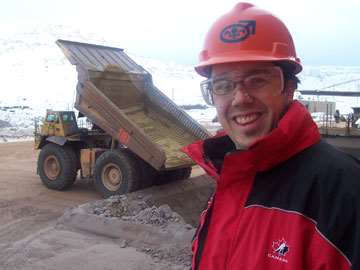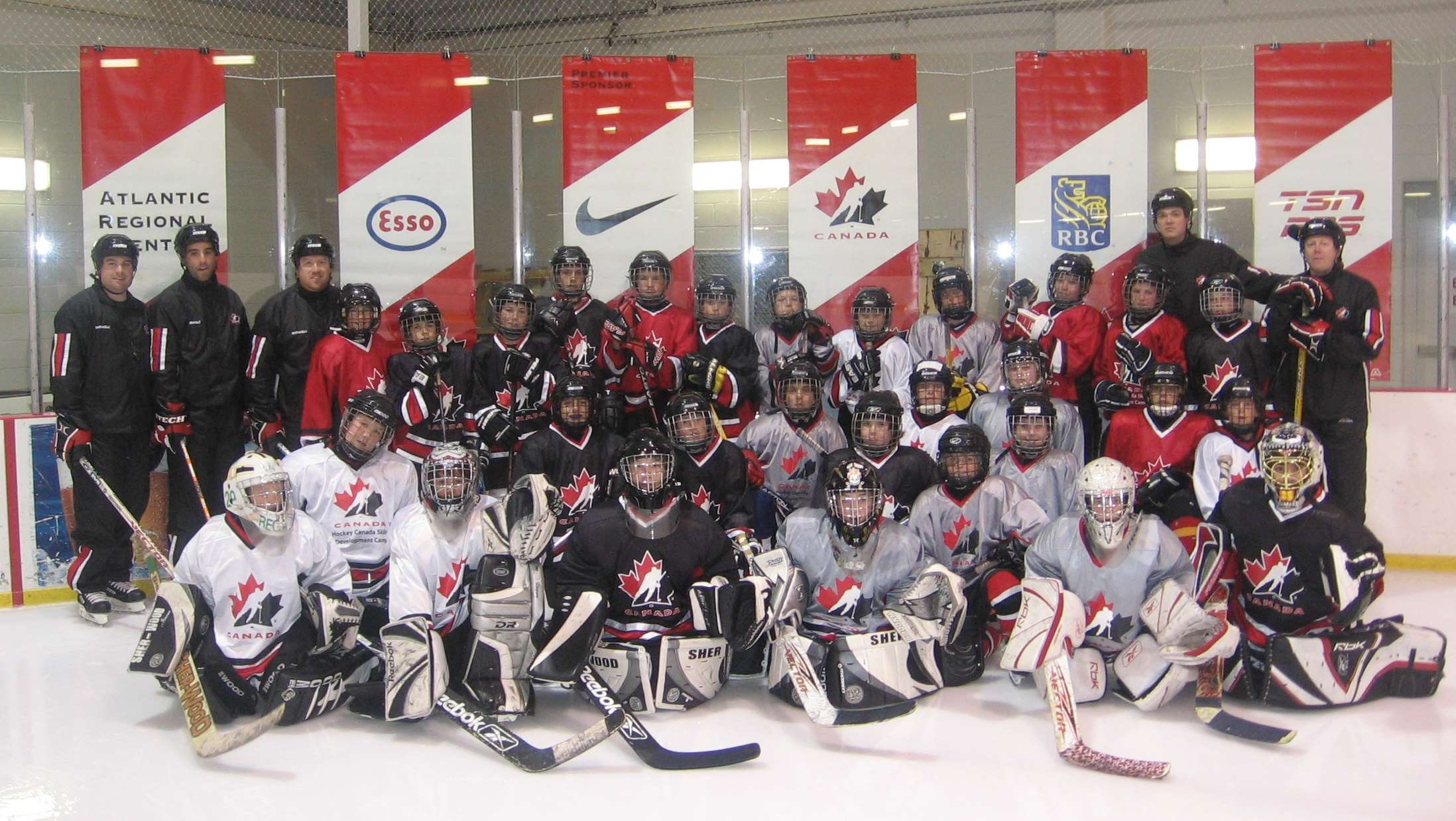Skating Skill Development | The Skating Pathway
Skating is a skill required by every position in hockey. Speed, acceleration, agility and power benefit forwards, defence and goaltenders alike. Without strong fundamental skating skills, players cannot perform to their full ability. As players get older, they should continue to develop and refine their skating skills, though focus may shift to practicing more position-specific skating.
When learning to skate...
- A child should possess the FUNdamental movement skills of agility, balance and coordination in order to begin skating, and therefore perform basic skating and hockey skills.
- Basic athletic skills for young children are outlined in the Long-Term Player Development (LTPD) Model. A multisport approach to development enables optimal hockey skill development.

Skating is foundational to hockey's core skills
- Puck handling
- Balance, stance, and agility on feet
- Shifting of weight on feet to enhance dekes and fakes = edge transition
- If you cannot skate well, you cannot handle a puck to your optimal ability
- Passing
- Balance, stance, and agility on feet
- Shifting of weight on feet to push puck completely through pass - power via legs = edge transition
- If you cannot skate well, you cannot pass to your optimal ability
- Shooting
- Balance, stance, and agility on feet
- Shifting of weight on feet to push puck completely through shot – power via legs = edge transition
- Driving of front foot to net off shot – complimentary direction of motion (bottom and top) = Gliding front foot
- If you cannot skate, you cannot shoot to your optimal ability
Continue to build the Skating Foundation
Skating skills should continue to be developed througout a player's career.
- Introduce: Players are introduced to basic skating skills (Timbits U7, U9).
- Develop: Players add and develop skills to further improve skating (U11, U13, U15).
- Refine: Players have a variety of skating skills they should continue to refine (U18 and beyond).
Keys to teaching skating
- Address the major points of proper technique in an age-specific and progressive approach.
- Breakdown skills into manageable and clear progressions.
- Emphasize the importance of skating in today’s game
- Skating is not the most exciting subject for players. Make development fun and interactive.
- KEEP PLAYERS MOVING!
Considerations when incorporating skating development into practice
- Work on the basics players utilize in every game and practice, and run drills to teach and reinforce with repetitions.
- Mimic the agility skills players use and be as game‐like as possible, progressing from skating, skating with a puck, and skating when passing and receiving.
- Tactical play can then be incorporated, such as gap control, angling, reading and reacting.
Eight specialized skating skills
- Agility and balance
- Edge control and coordination
- Forward skating
- Backward skating
- Turning
- Crossovers
- Transition
- Quick Feet
Hockey Canada Development Programs | Skating (pdf)
More skill development downloads
- <
- >
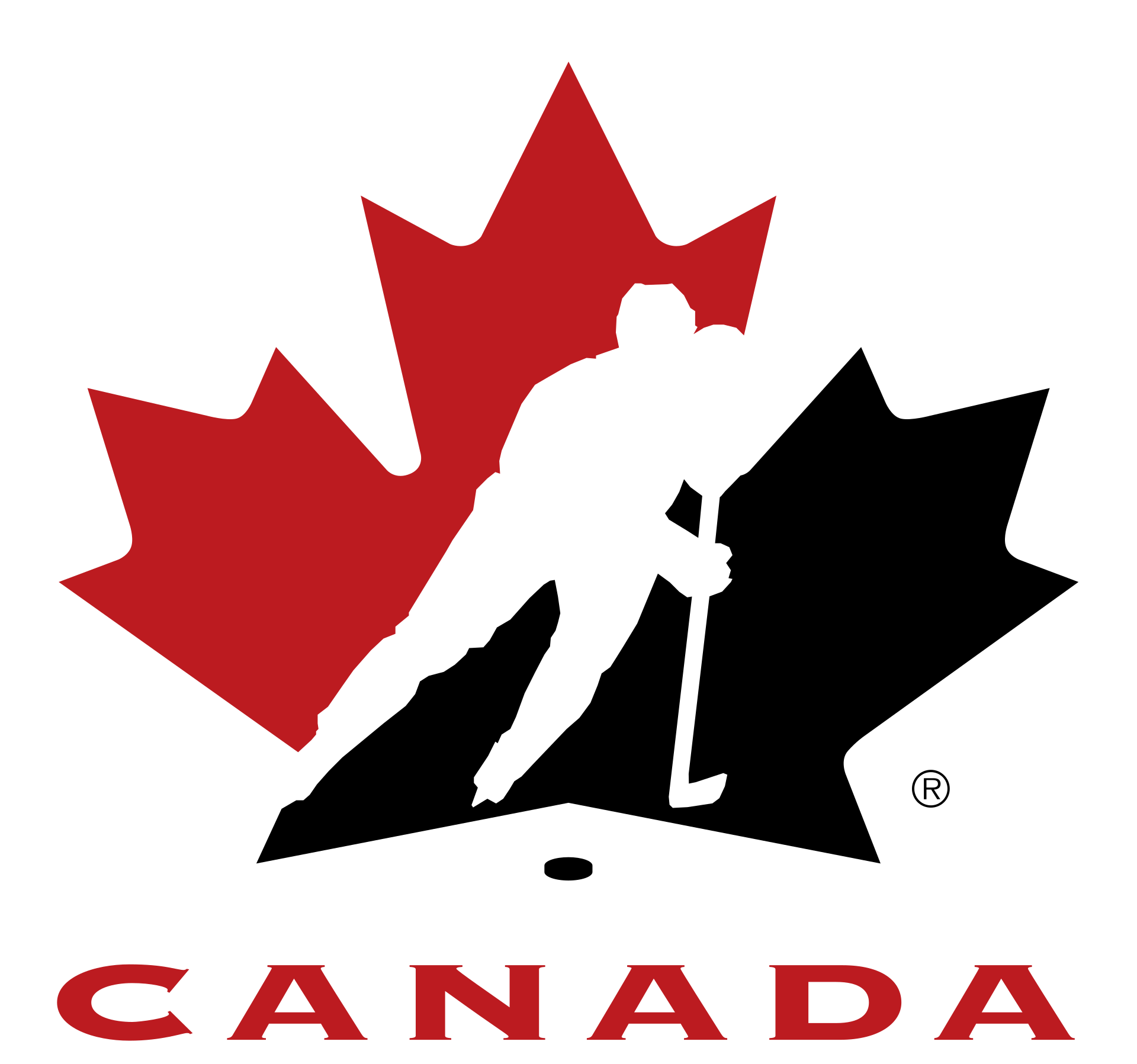

 HOCKEY CANADA
HOCKEY CANADA

